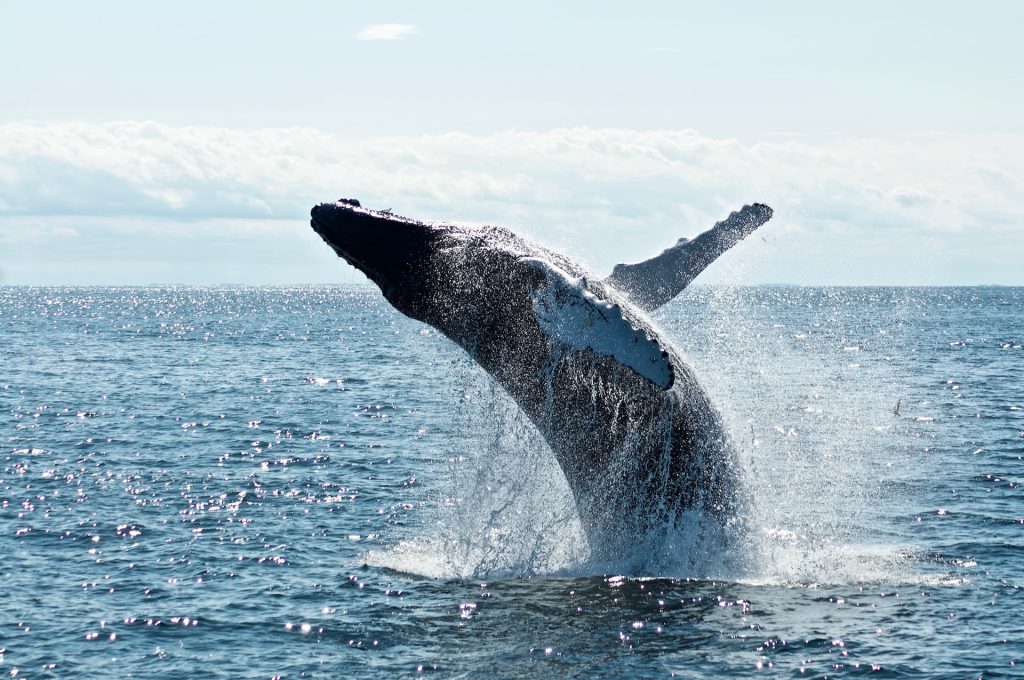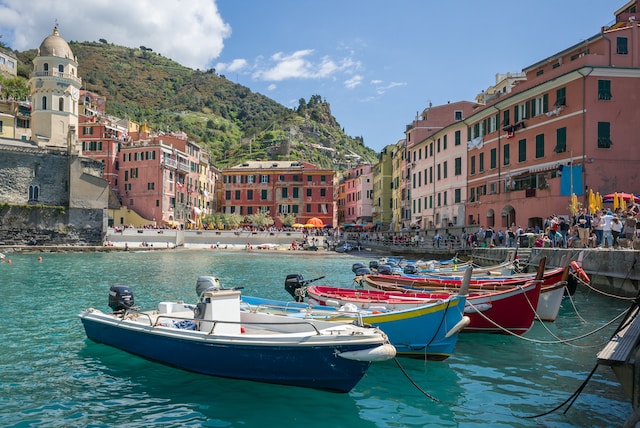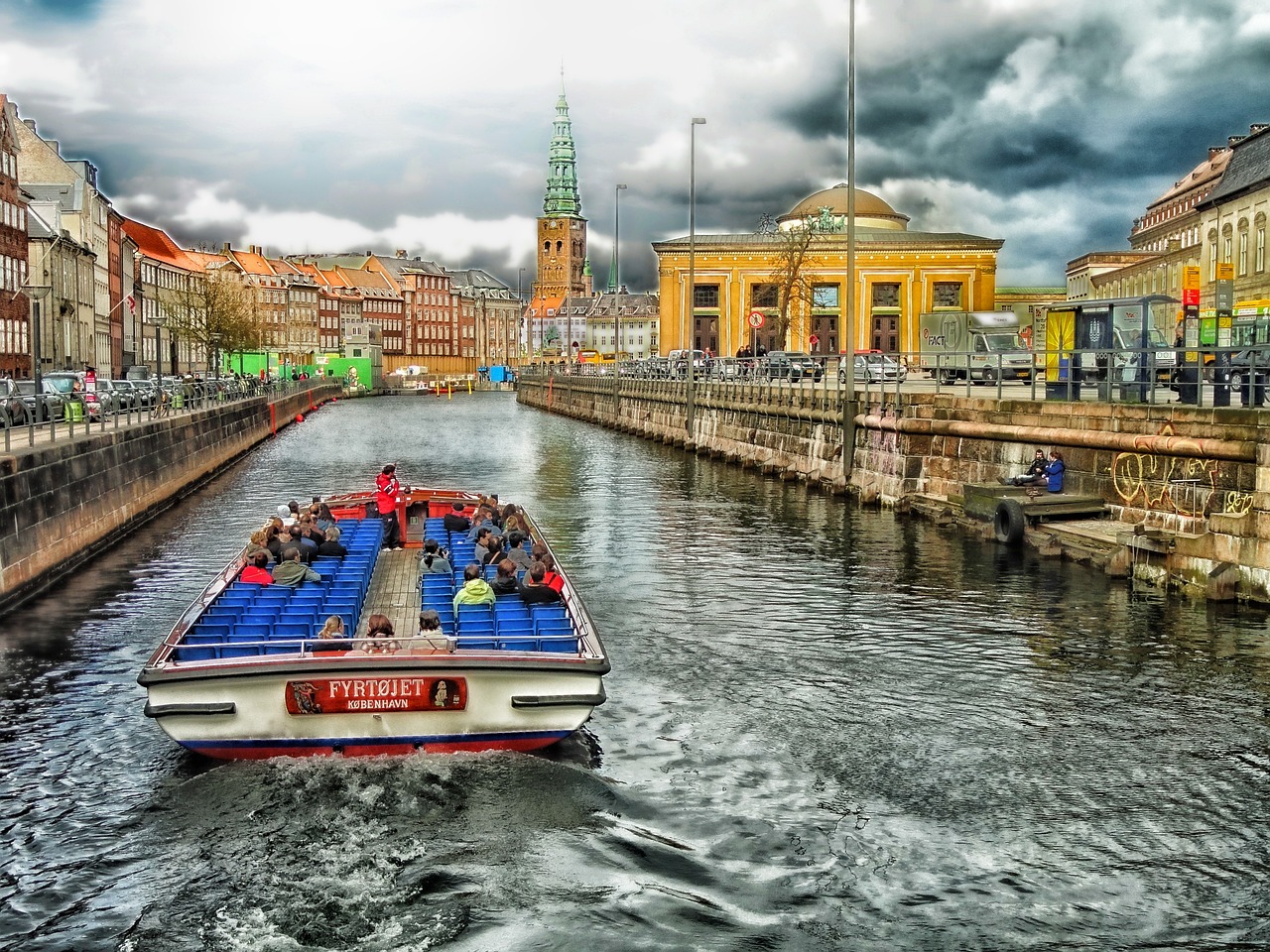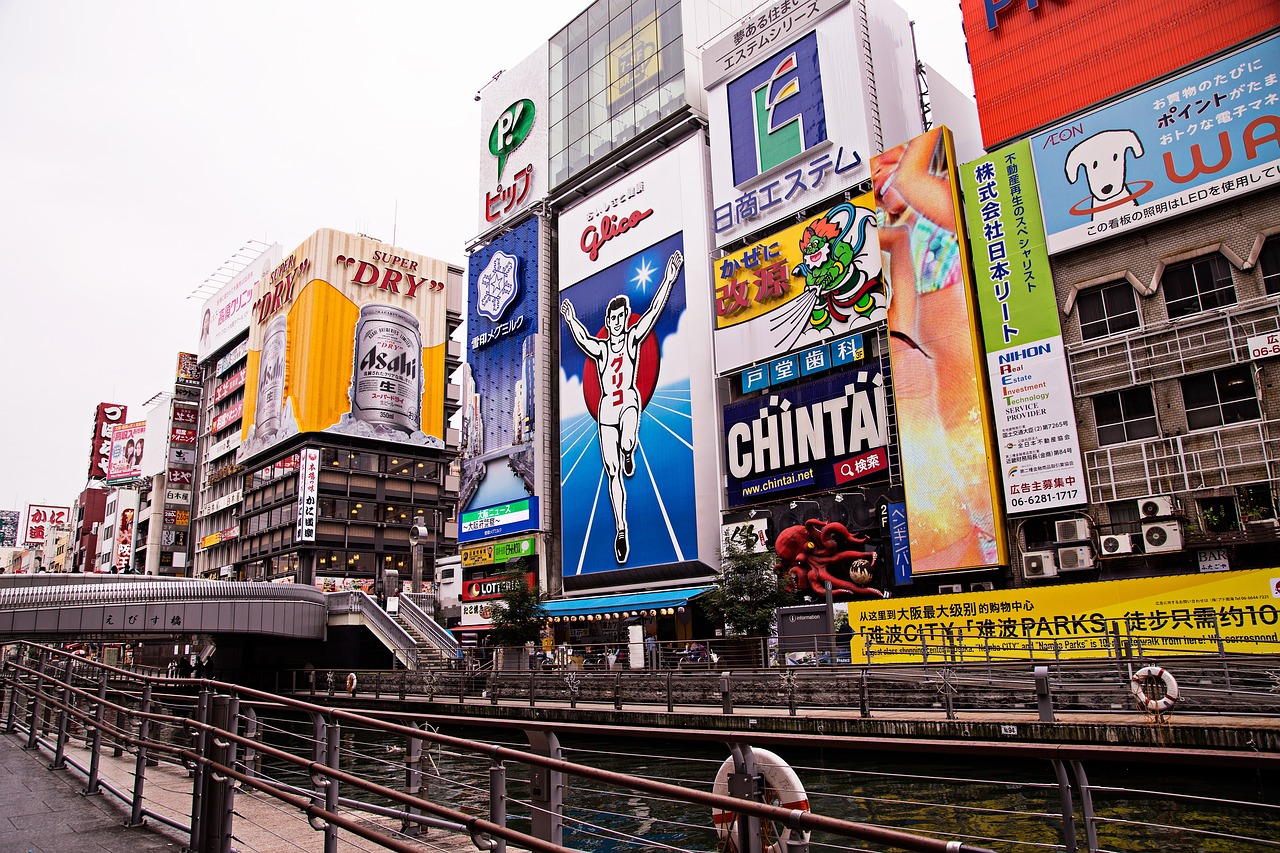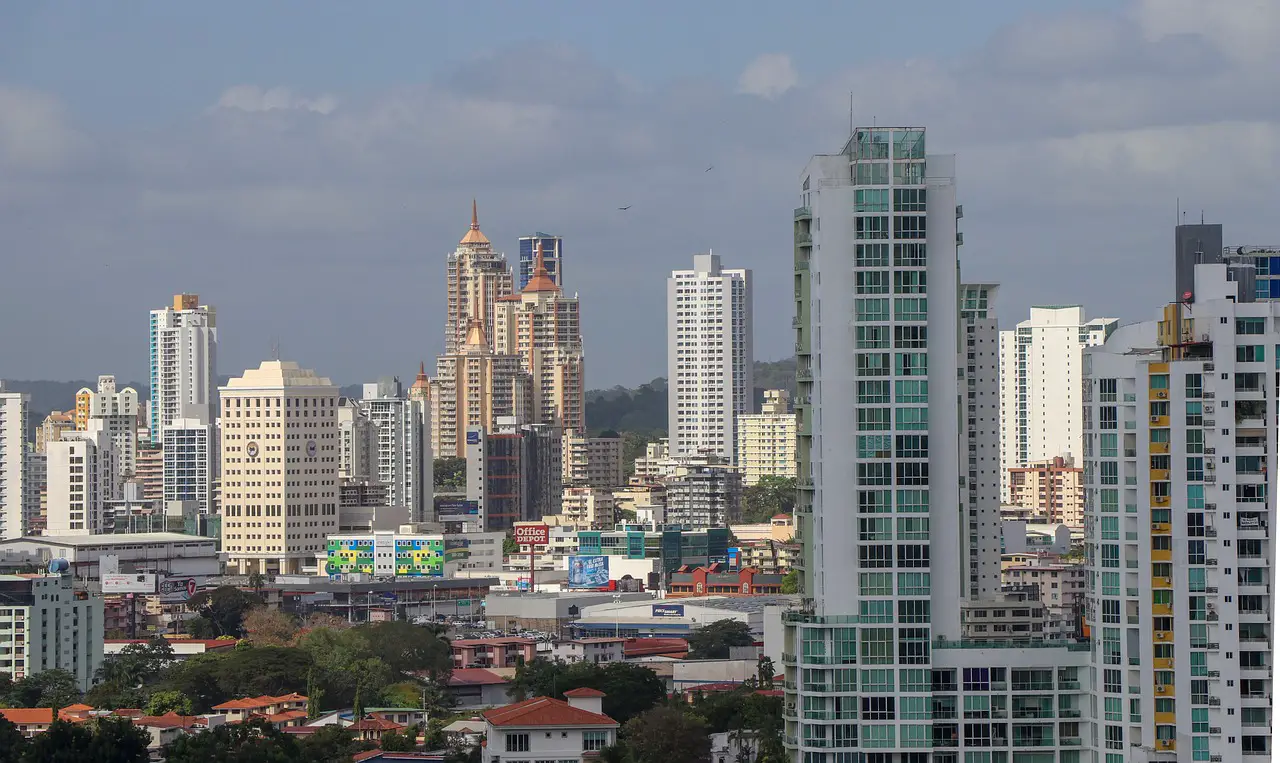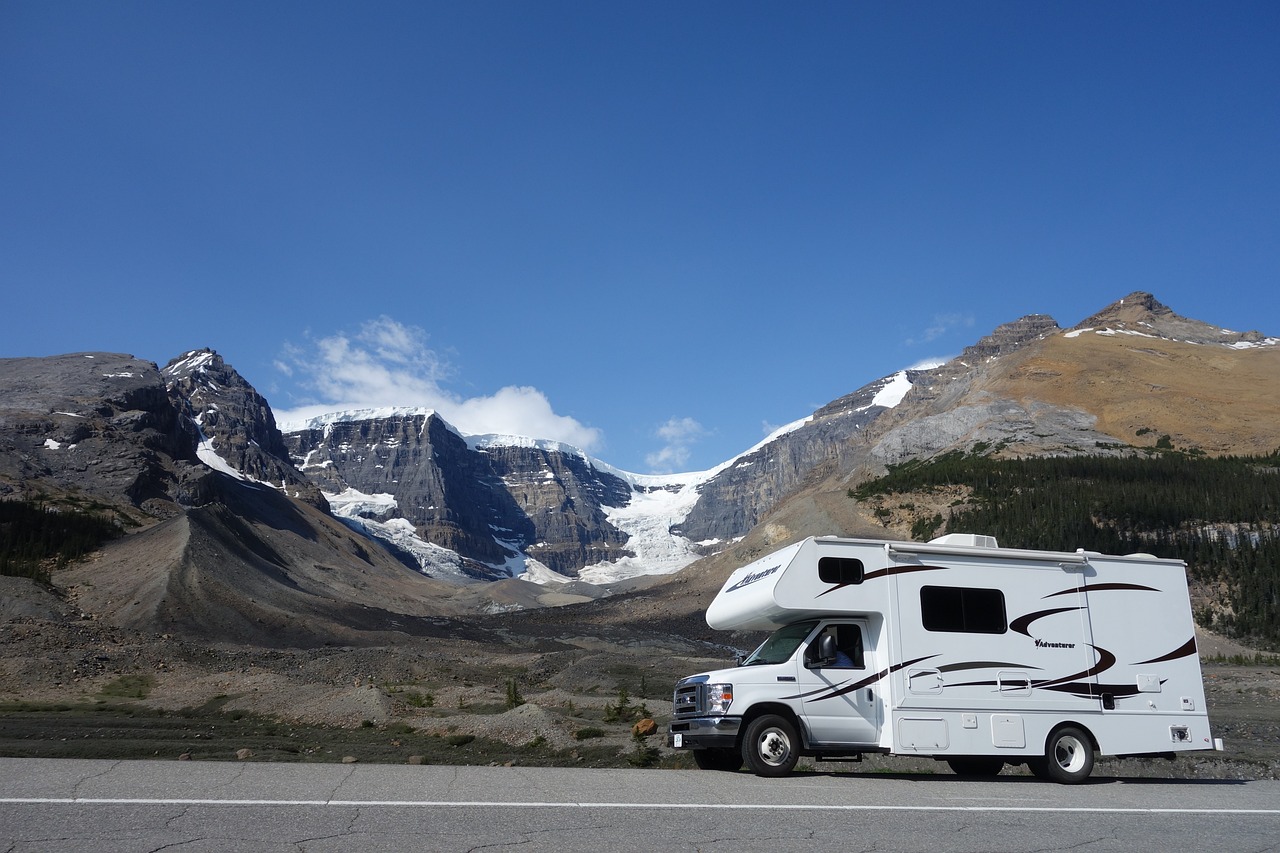Maui, Hawaii, is a paradise for nature enthusiasts and wildlife lovers. One of the most iconic and breathtaking experiences you can have on this beautiful island is whale watching. Each year, humpback whales migrate to the warm waters around Maui to breed and give birth, offering tourists and locals alike an incredible opportunity to witness these majestic creatures up close. In this article, we will explore when and where you can see whales in Maui, providing you with valuable information to plan an unforgettable whale-watching adventure on this enchanting island.
The Humpback Whale Migration
Humpback whales (Megaptera novaeangliae) are the stars of the show when it comes to whale watching in Maui. These massive marine mammals are known for their impressive acrobatics, haunting songs, and sheer size. Humpbacks can reach lengths of up to 52 feet and weigh as much as 40 tons, making them a sight to behold in the crystal-clear waters of Maui.
Humpback whales are migratory creatures that travel vast distances between their feeding and breeding grounds. Maui is fortunate to be one of the prime destinations for these humpback whales during their annual migration. The migration typically occurs from late December to early April, with the peak season falling in January and February. During this time, the whales travel from their feeding grounds in Alaska to the warm waters of Hawaii to mate and give birth.
When to Go Whale Watching in Maui
To maximize your chances of witnessing humpback whales in Maui, it’s crucial to plan your visit during the peak whale-watching season, which is from January to early April. While whales can be seen in December and occasionally into May, the highest concentration of whales is found during these core months.
The exact timing of the peak season may vary slightly from year to year, so it’s advisable to check with local whale-watching tour operators or the Pacific Whale Foundation for the most up-to-date information before planning your trip. Keep in mind that February is often considered the best month for whale watching due to the sheer number of whales present and the frequency of their spectacular displays.
Where to Go Whale Watching in Maui
Maui offers numerous locations where you can witness the awe-inspiring spectacle of humpback whales. Whether you prefer to watch from the shore, embark on a guided boat tour, or even enjoy the experience from the air, there are options to suit every preference and budget.
Boat Tours: Taking a whale-watching boat tour is one of the most popular ways to get up close to these magnificent creatures. There are various companies on Maui that offer guided tours, each providing a unique experience. Some tours offer small, intimate vessels, while others provide larger, more stable boats. Most of these tours are led by experienced naturalists who provide valuable information about humpback whales and their behavior.
Lahaina: Lahaina Harbor is one of the primary departure points for whale-watching tours on Maui. From here, you can embark on excursions ranging from a few hours to a full day. The waters off Lahaina are known for their high concentration of whales during the peak season.
Ma’alaea Harbor: Located on the south side of Maui, Ma’alaea Harbor also serves as a popular departure point for whale-watching tours. This area provides access to the Auau Channel, a well-known gathering place for humpback whales.
Kihei and Wailea: These coastal towns on the southwest side of Maui offer whale-watching tours departing from their respective harbors. The tours here often include snorkeling opportunities, making them a fantastic choice for those interested in exploring Maui’s underwater world as well.
Shoreline Viewing: If you prefer to keep your feet on solid ground, several shoreline locations on Maui offer excellent whale-watching opportunities. These include:
Haleakalā National Park: The cliffs of the Haleakalā Crater offer elevated viewpoints for spotting whales. The visitor centers in the park can provide information about the best locations and times for viewing.
Papawai Point: Located on the west coast near Lahaina, Papawai Point offers a scenic overlook with binoculars and interpretive displays to enhance your whale-watching experience.
Wailea and Makena Beach: These south Maui beaches provide excellent vantage points for spotting whales from the shore. Bring your binoculars, find a comfortable spot on the sand, and enjoy the show.
Aerial Tours: For a truly unique perspective, consider taking a helicopter or small plane tour to witness the whales from the air. Aerial tours provide breathtaking panoramic views and allow you to see the whales’ behavior from above.
Heli Tours: Several helicopter tour companies offer whale-watching flights during the peak season. These tours combine the thrill of a helicopter ride with the excitement of spotting whales from the sky.
Fixed-Wing Tours: If helicopters aren’t your preference, fixed-wing aircraft tours are another option. They provide a more stable and spacious platform for viewing the whales.
Guidelines for Responsible Whale Watching
While enjoying the incredible experience of whale watching in Maui, it’s essential to follow guidelines to protect both the whales and their environment. The following tips will help you be a responsible whale watcher:
Maintain a Safe Distance: Federal regulations require that boats maintain a distance of at least 100 yards from humpback whales. It’s crucial to respect these guidelines to ensure the safety and well-being of the whales.
Turn Off Engines: When in close proximity to the whales, boats should put their engines in neutral and allow the whales to approach if they choose. Loud engine noise can disturb and stress the animals.
No Swimming with Whales: It is illegal to swim with humpback whales in Hawaii. This rule is in place to protect both humans and the whales.
Reduce Noise Pollution: Keep noise to a minimum when watching whales. Sudden loud noises can startle the animals and disrupt their natural behavior.
Dispose of Trash Properly: Ensure that you dispose of all trash, including plastic waste, properly to prevent marine pollution and protect the whales’ habitat.
Whale watching in Maui is an unforgettable experience that allows you to connect with the natural world in a profound way. The annual migration of humpback whales to Maui’s warm waters is a testament to the island’s unique natural beauty and biodiversity. By visiting during the peak season, choosing from various whale-watching options, and following responsible whale-watching guidelines, you can witness these magnificent creatures in their natural habitat while contributing to their conservation. Maui’s breathtaking coastline and the chance to encounter humpback whales make it a must-visit destination for anyone seeking a close encounter with these giants of the sea.
The opportunity to see humpback whales in Maui is not just a tourist attraction; it’s also a valuable tool for raising awareness about the importance of marine conservation. Whales, like many marine species, face numerous threats, including habitat degradation, entanglement in fishing gear, ship strikes, and climate change. Supporting organizations that work towards the protection of whales and their habitats is an essential part of responsible whale watching.
One such organization is the Pacific Whale Foundation, a nonprofit dedicated to the protection of marine life through research, education, and conservation efforts. They offer informative whale-watching tours that not only provide a memorable experience but also fund their important work in whale research and advocacy. By choosing eco-friendly tour operators and participating in their educational programs, you can directly contribute to the preservation of these magnificent creatures.
Tips for an Enjoyable Whale-Watching Experience
Book in Advance: Due to the popularity of whale-watching in Maui, it’s advisable to book your tour well in advance, especially if you plan to visit during the peak season. This ensures that you secure your spot and can choose from a variety of tour options.
Wear Appropriate Clothing: While Maui’s climate is generally warm and tropical, the ocean breeze can be cool, especially on the water. Bring layers, a hat, sunglasses, and sunscreen to stay comfortable during your tour.
Stay Hydrated: It’s easy to become dehydrated in the Hawaiian sun, so be sure to drink plenty of water throughout the day.
Arrive Early: Plan to arrive at your departure point at least 30 minutes before your scheduled tour. This gives you time to check in, receive safety instructions, and get settled on the boat.
Bring Binoculars and Cameras: Binoculars can enhance your whale-watching experience by allowing you to get a closer look at distant whales. Don’t forget your camera or smartphone to capture those magical moments, but be sure to follow the tour operator’s guidelines for photography.
Listen to the Naturalists: The onboard naturalists are a wealth of knowledge about humpback whales and the local marine ecosystem. Take advantage of their expertise by asking questions and listening to their insights.
Be Patient: While humpback whales are known for their acrobatic displays, they don’t perform on cue. Be patient and keep your eyes on the water, as you may be rewarded with a breathtaking breach or tail slap at any moment.
Respect Fellow Travelers: Be considerate of your fellow passengers on the tour. Avoid loud conversations or sudden movements that could disturb others or the whales.
Practice Seasickness Prevention: If you’re prone to seasickness, consider taking preventive measures like motion sickness wristbands or medications before your tour. Staying well-hydrated and avoiding heavy or greasy meals before the trip can also help.
Whale watching in Maui is a captivating and educational experience that offers a unique glimpse into the world of humpback whales. With its stunning coastal landscapes, crystal-clear waters, and a variety of tour options, Maui is undeniably one of the best places in the world to witness these majestic creatures during their annual migration.
Remember that responsible whale watching is not only about having a memorable encounter with humpback whales but also about contributing to their conservation. By choosing eco-friendly tour operators, following guidelines to protect the whales and their environment, and supporting organizations dedicated to marine conservation, you can ensure that future generations have the opportunity to witness the awe-inspiring beauty of these gentle giants in Maui’s waters.
As you plan your trip to Maui, make sure to book your whale-watching adventure during the peak season, choose the viewing method that suits your preferences, and prepare for a truly unforgettable encounter with these magnificent marine mammals. Embrace the magic of Maui and its humpback whales, and leave with memories that will last a lifetime.
